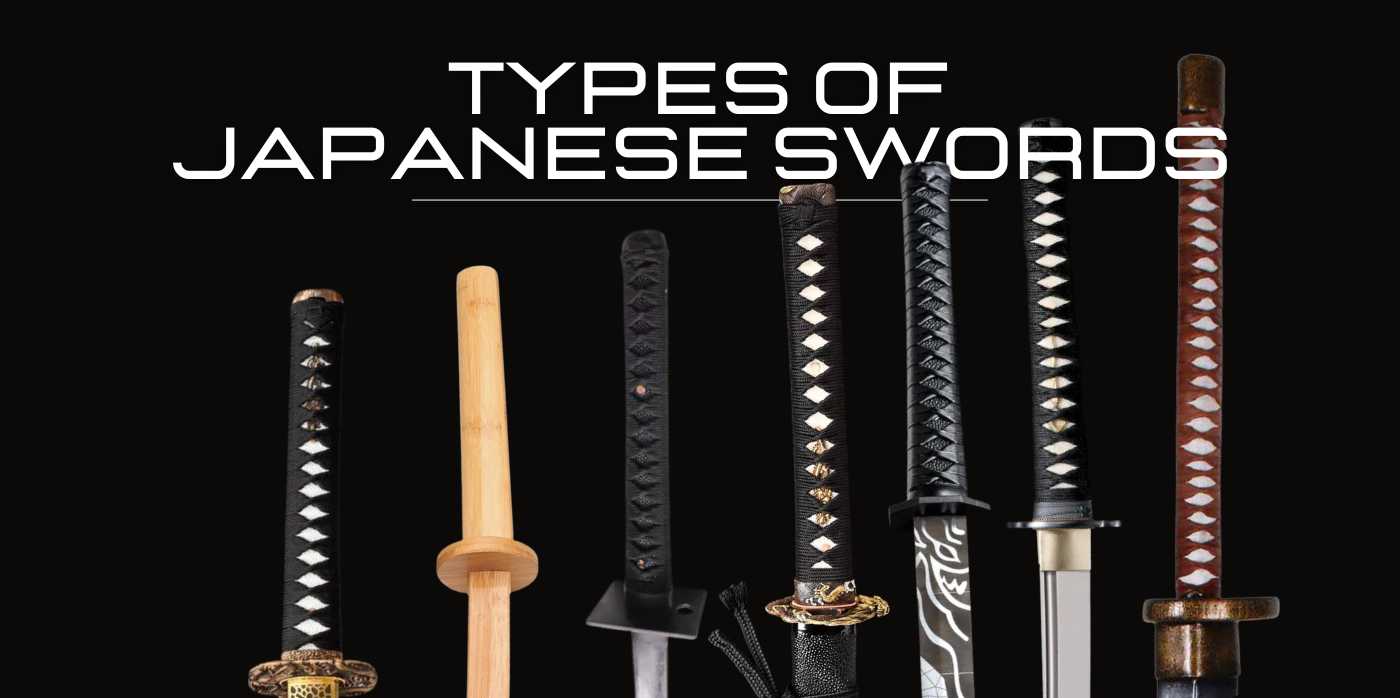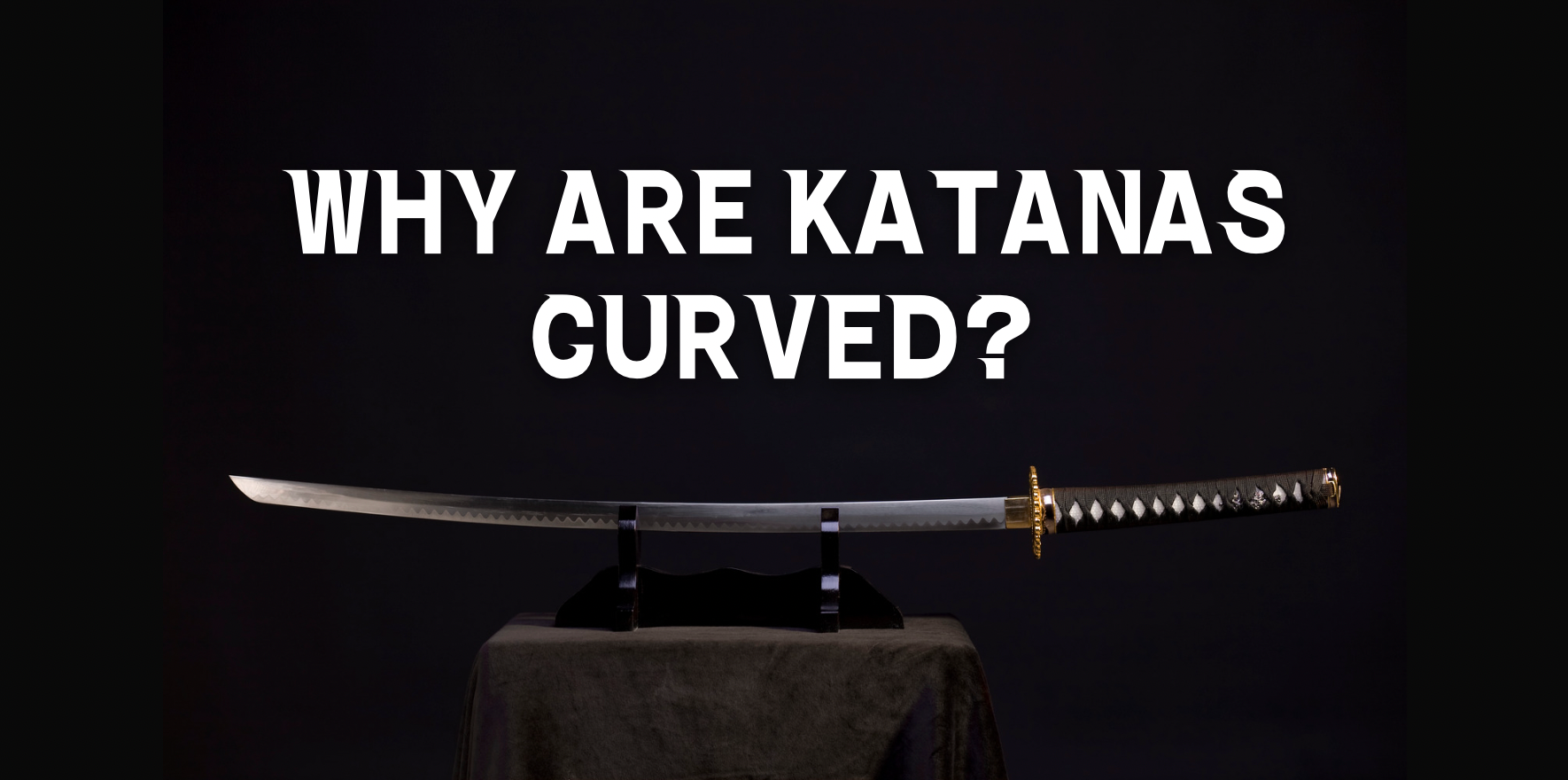In the realm of swordsmanship, the katana stands out for its unique blend of allure, artisanal skill, and historical significance. As an iconic representation of samurai culture and a pinnacle of traditional Japanese craftsmanship, katanas have fascinated aficionados for generations. While many katanas are priceless for their historical and cultural significance, some have commanded extraordinary price tags in auctions and private sales. In this comprehensive article, we will explore the factors that make these katanas the most expensive in the world.
Factors That Affect the Price of a Katana
- Craftsmanship: The process of crafting a katana is an intricate art form. The forging, folding, and quenching processes each play a critical role in the sword's quality. Meticulous attention to detail by skilled smiths can make a katana exceedingly rare and valuable.
- Rarity: Limited-edition katanas or those crafted by legendary swordsmiths often fetch astronomical prices. The rarity of the materials used can also add to the value.
- Provenance: A katana's history and previous ownership can significantly contribute to its value, particularly if it was owned by a renowned samurai or historical figure.
- Aesthetic Appeal: While all katanas have a certain aesthetic allure, some feature intricate designs, exceptional materials, and beautiful artwork, making them highly desirable to collectors.
- Authenticity: Authentic Nihonto (Japanese-made swords) often carry certification, adding to their market value.
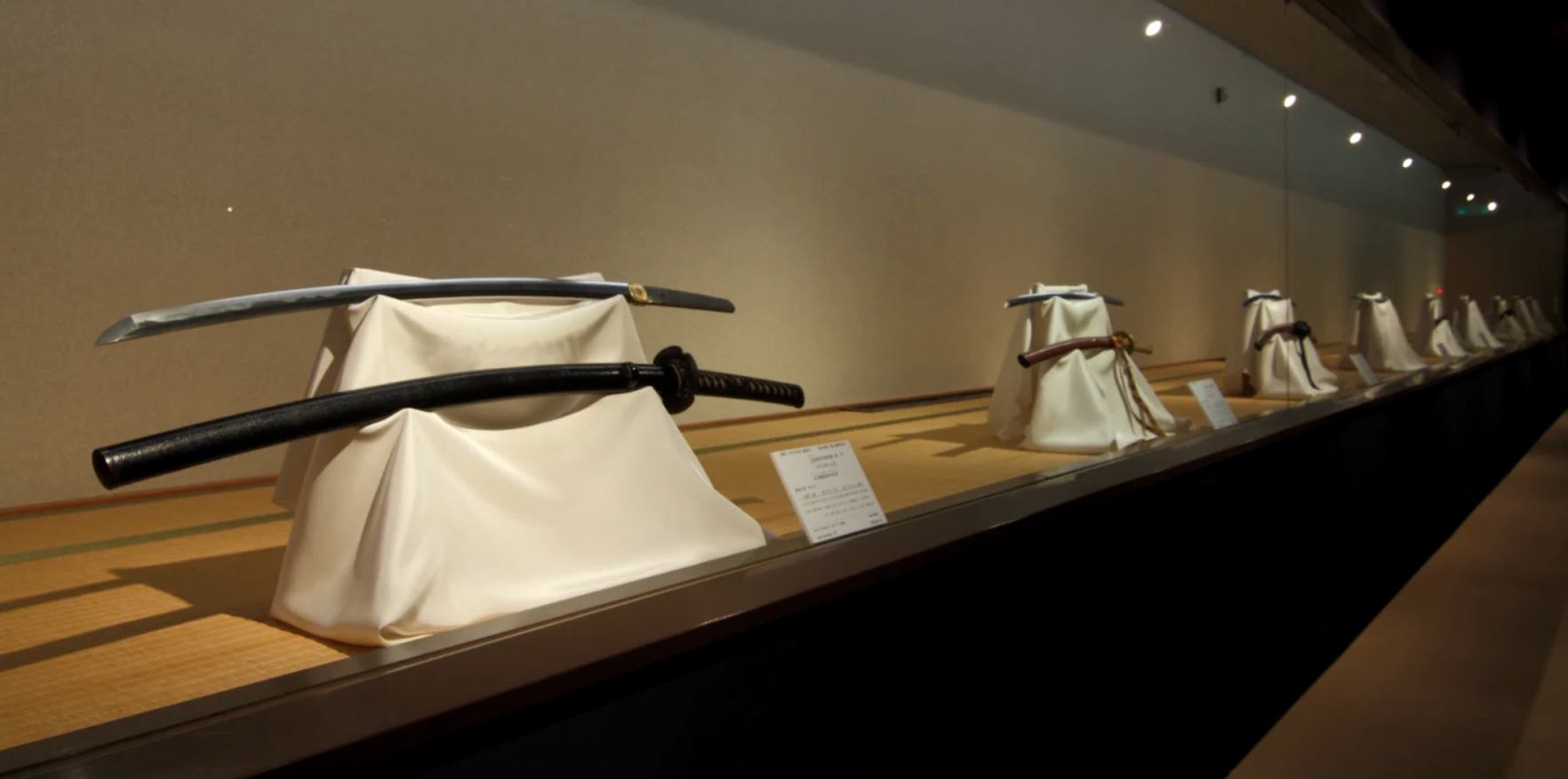
Picture credit: Japan city
World's most expensive Samurai swords
1. Fukushima Masanori Tachi: $100,000,000
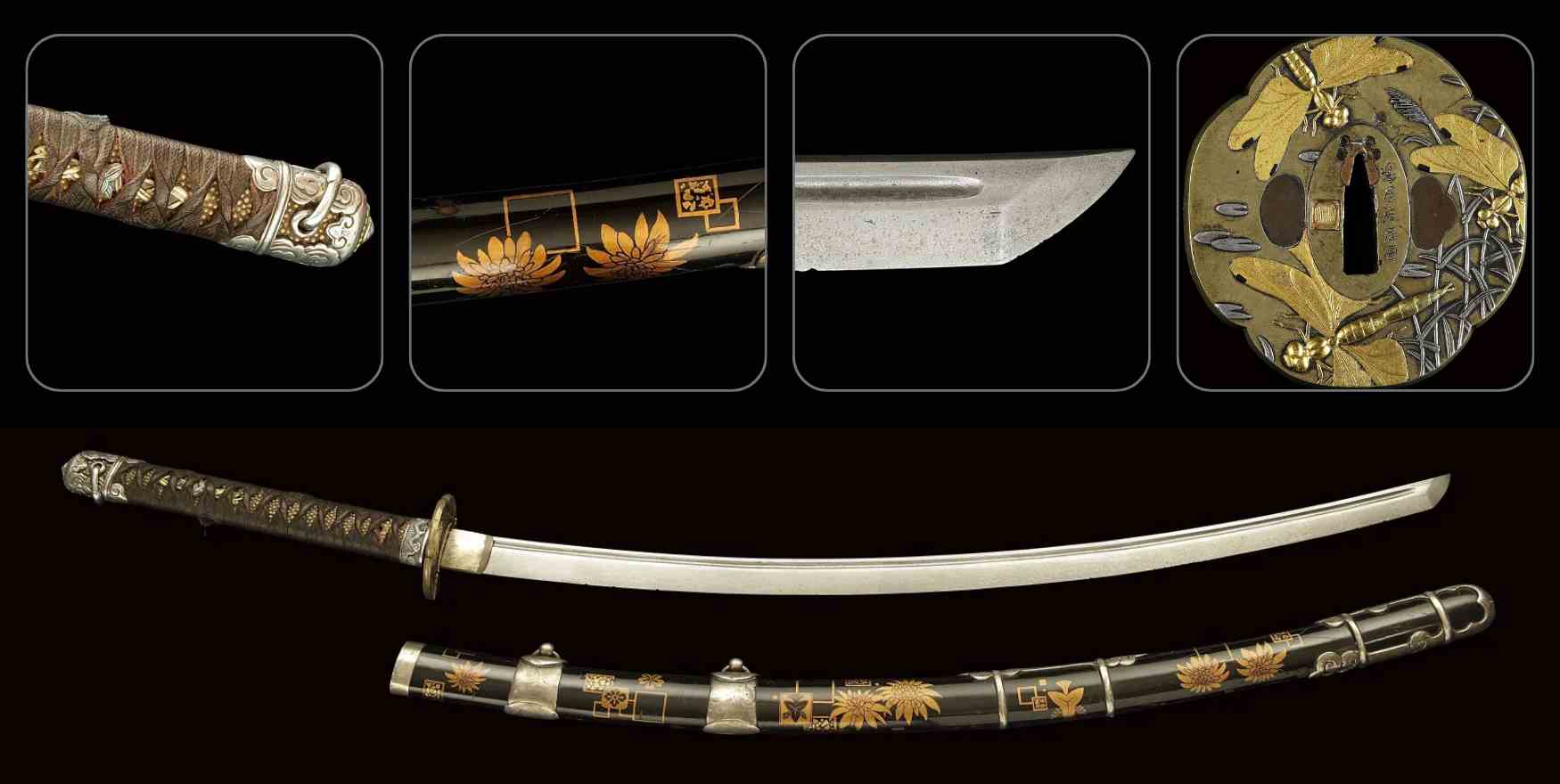
Picture credit: The World Art News
The Fukushima Masanori, reportedly sold for an astonishing $100,000,000, is the most expensive sanurai sword in the world. It represents one of the most extraordinary transactions in the world of antique Japanese swords.
Fukushima Masanori was a prominent daimyo (feudal lord) during the Sengoku and early Edo periods of Japan. Known for his bravery and military prowess during the Battle of Shizugatake, Masanori was a close ally of Toyotomi Hideyoshi, one of Japan's great unifiers. The tachi attributed to him would have been a symbol of his status, power, and martial skill.
The Fukushima Masanori Tachi would have been crafted by a master swordsmith, featuring the finest steel, a distinct hamon (temper line), and possibly intricate engravings or inlays that signify its importance and the high status of its owner.
2. Yamatorige katana (San-cho-mo): $5,000,000
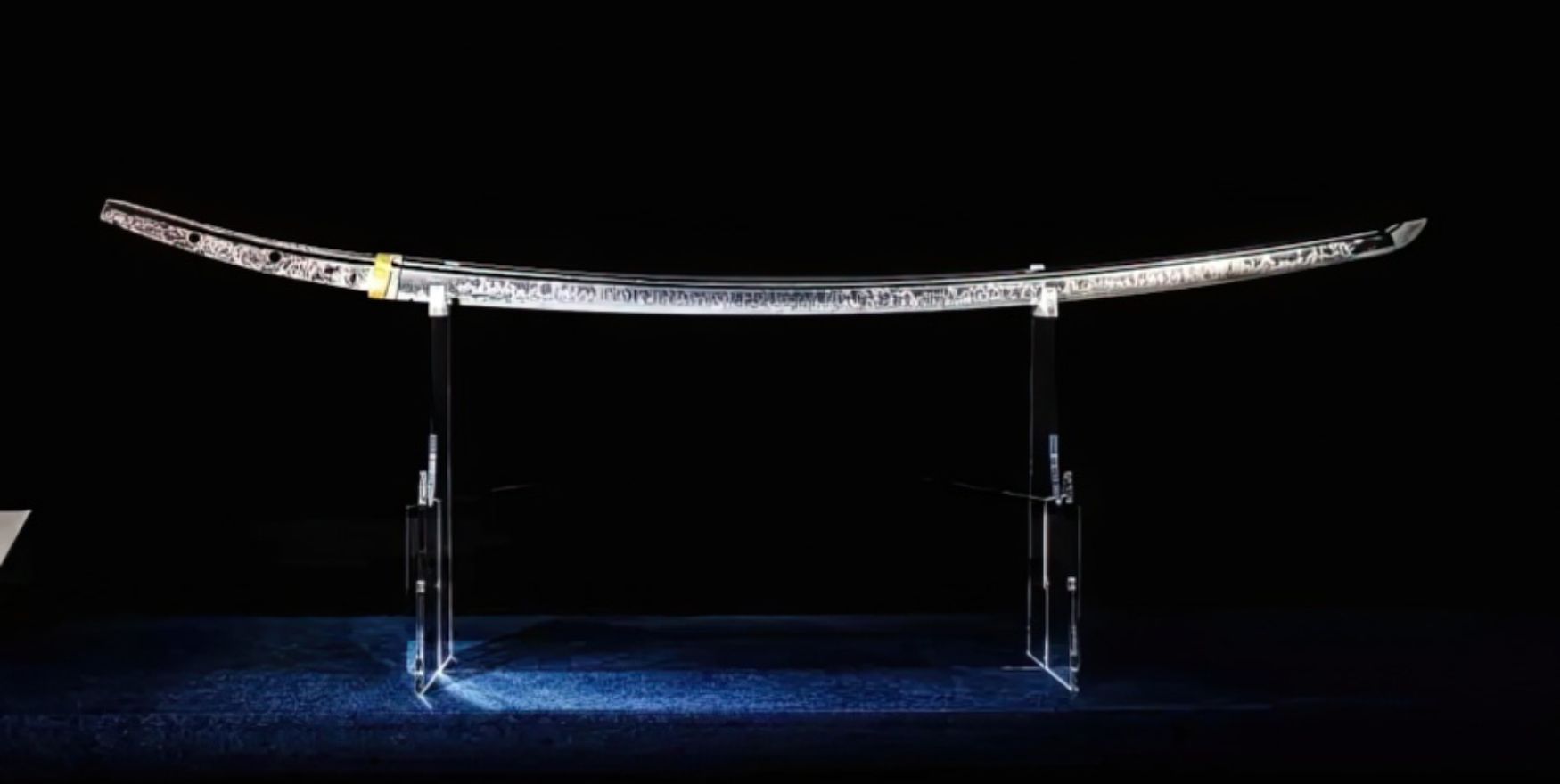
The Yamatorige, with its sale reaching the remarkable figure of $5,000,000, is an emblem of the zenith of samurai culture and the intricate craftsmanship that characterizes Japanese sword making.
The Kamakura Period (11th-14th century) was marked by the establishment of a military government and the rise of the samurai's prominence in Japanese society. It was a time when sword making saw significant advancements, both in technique and aesthetics.
The Yamatorige was made during this period by the Fukuoka Ichimonji school in Bizen province (modern-day Okayama prefecture), this sword is considered the pinnacle of Bizen swords. The name "Yamat," meaning "Mountain Bird Feather," derives from its blade pattern, or hamon (temper line), which resembles delicate feathers formed during the tempering process.
In 1556, the Yamat was gifted to Ugi Kenin by the Lord of Shirai Castle, Naga Norag. Cherished by Kenin, it became one of the treasured 35 swords of Ugi Kagekatsu, Kenshin's adopted son and head of the Ugi Clan. After World War II, the Yamat moved from the Ugi family to a sword enthusiast in Okayama prefecture. In 1997, it was entrusted to the Okayama Prefectural Museum in Satoi City.
Recognized for its exceptional craftsmanship and historical importance, the Yamatorige has been designated a national treasure in Japan. That's why the "Yamat Return Home Project" was launched in November 2018 to buy back the blade. A purchase agreement with a private owner was established on March 17, 2020 for a total amount of $5,000,000.
Now, the Yamatorige is preserved and displayed at the Bizen Osafune Japanese Sword Museum, where it serves as a tangible link to Japan's storied past.
3. Yamanbagiri Kunihiro: $2,030,000

Sold more than 2 millions dollars, this katana was crafted in the late 16th century during the tumultuous Sengoku Jidai (the Age of Warring States). This samurai sword embodies the era's spirit, marked by relentless warfare and the quest for power among Japan's feudal lords.
Commissioned by the lord of the Ashikaga region, Nagao Akinaga. The Yamanbagiri Kunihiro was crafted in 1590 as a copy of a blade by the legendary Chōgi. Named after its creator, Kunihiro, who was not just a master swordsmith but also a dedicated samurai, the Yamanbagiri Kunihiro is among the earliest known katana-style swords, showcasing true katana features that would set the standard for generations to come. Kunihiro's reputation for crafting blades of unparalleled quality and strength was well-deserved, with his techniques and designs being studied and revered by swordsmiths even centuries later.
The macabre tale associated with the Yamanbagiri Kunihiro contributes significantly to its fame and value. The story of Ishihara Jinzaemon, a vassal of the Hōjō, and the horrific encounter with the "yamanba" or "mountain witch" is steeped in the folklore and superstitions of the time. According to legends, Ishihara Jinzaemon used this blade to slay the evil witch who had killed his newborn child. The act of naming the sword Yamanbagiri, literally "mountain witch cutter," following this incident, imbues the blade with a dark allure and a sense of power over evil.
Fast forward to 2017, the Yamanbagiri Kunihiro was displayed at the Ashikaga City Museum, attracting a whopping 38,000 visitors. Its fame only grew, and in July 2023, Ashikaga City and the Ashikaga Citizen Cultural Foundation announced plans to acquire this legendary blade. Previously owned by a private collector, the sale was completed in March 2024 for $2,030,000, and the katana is scheduled to go on display soon.
4. Okanehira tachi: $1,830,000
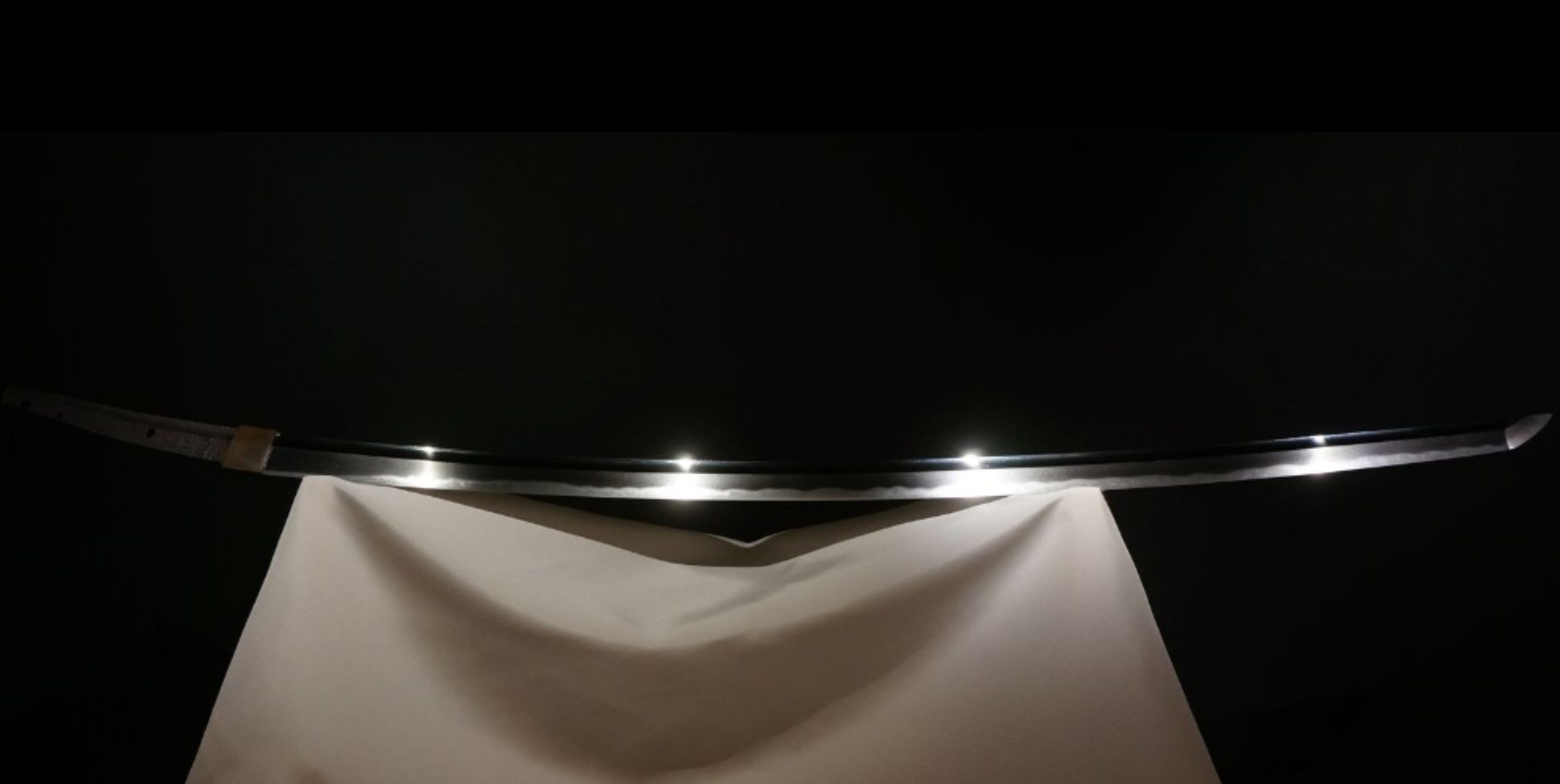
The Okanehira, a tachi sword forged by the esteemed swordsmith Kanekira during the Heian Period (8th-12th century), was sold $1,830,000.
The Heian Period is noted for its contributions to Japanese culture, art, and the imperial court's refinement. It was during this era that Kanekira crafted the Okanehira, incorporating features that signaled the evolution of Japanese swords towards the katana’s more recognized form. This period marks a significant chapter in the development of Japanese blade making, with the Okanehira standing as a testament to these early innovations.
Linked to Ikeda Terumasa, a top general under Oda Nobunaga, the Okanehira's history is intertwined with critical moments that shaped Japan’s history. Nobunaga’s efforts to unify Japan under his rule were pivotal, and Terumasa’s role in battles, most notably the Battle of Sekigahara, underscores the sword's presence at significant historical junctures. The Battle of Sekigahara, in particular, was a decisive conflict that led to the Tokugawa shogunate's establishment, marking the beginning of a long period of peace and stability in Japan.
Today, the Okanehira is honored and preserved in the Tokyo National Museum, where it is displayed alongside other swords recognized as masterpieces of Japanese art.
5. Kamakura katana: $418,000

In 2013, this Kamakura katana was sold at auction for a staggering $418,000. This sale occurred during an auction that involved several Japanese artifacts. However, none generated as much excitement as this Kamukara sword.
Dr. Walter Ames Compton, a medical doctor with a passion for collecting Japanese swords, once possessed this Kamukara among his extensive arsenal of over 1,100 Japanese blades. After his passing in 1992, his remarkable collection was sold at auction in New York, fetching more than $8 million and establishing a new record for the biggest katana sale to date.
Goro Nyudo Masamune is a name that resonates with awe and reverence in the world of katanas. Crafting this Kamukara in the 13th century, Masamune's work stands as a pinnacle of Japanese swordsmithing. It is estimated that only six of his swords remain in existence today, making them among the rarest and most valuable objects globally.
This Kamukara is not only valuable for its craftsmanship and rarity; its historical significance is equally astounding. The sword is said to have been used by the legendary samurai Miyamoto Musashi in his renowned duel against Sasaki Kojiro, a moment that holds iconic status in the chronicles of Japanese martial arts, adding to the mystique of the Kamura.
However, the story of the sword extends beyond that duel; it eventually came into the possession of Tokugawa Ieyasu, the founding Shogun of the Tokugawa era. This additional layer of historical and political context elevates the Kamukara from a simple masterpiece to a tangible artifact of Japanese history.
This Kamukara is currently owned by an anonymous European private collector and is not on public display. However, it occasionally goes on tour to various museums and art galleries, offering aficionados and casual admirers a rare opportunity to appreciate its craftsmanship and beauty up close.
6. Sosho Katana: $70,000
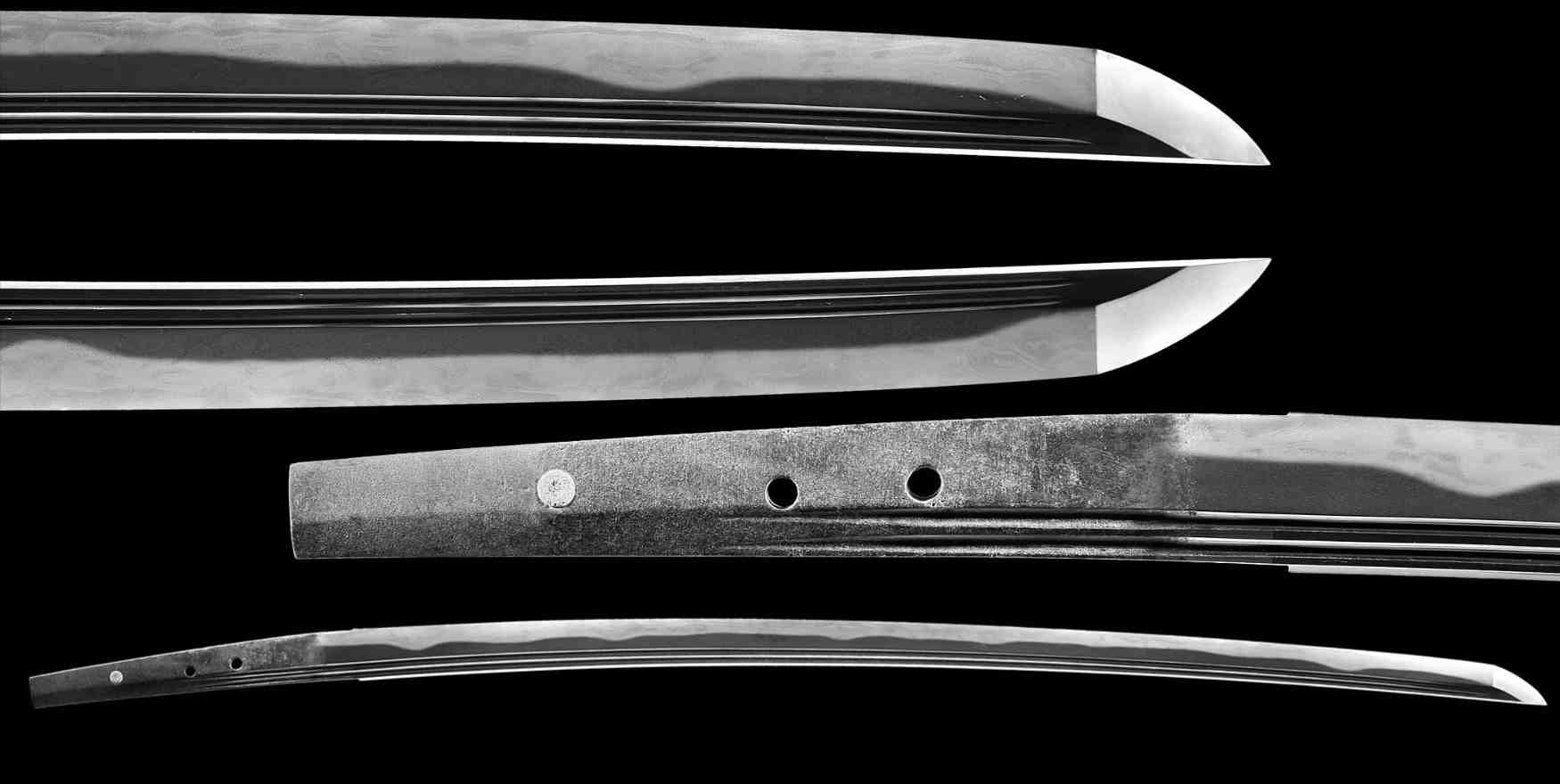
And then there's the Rare Sosho School Katana, sold for just under $70,000. This 14th-century masterpiece is believed to be the work of Hasebe Kunishige, a student of the legendary Masamune. The sword is notable for its gold inlay bearing the designer's name, and it's a relic from the Nanbokucho Period, a tumultuous era of competing imperial claims.
7. Etchu Norishige Sword: $24,000
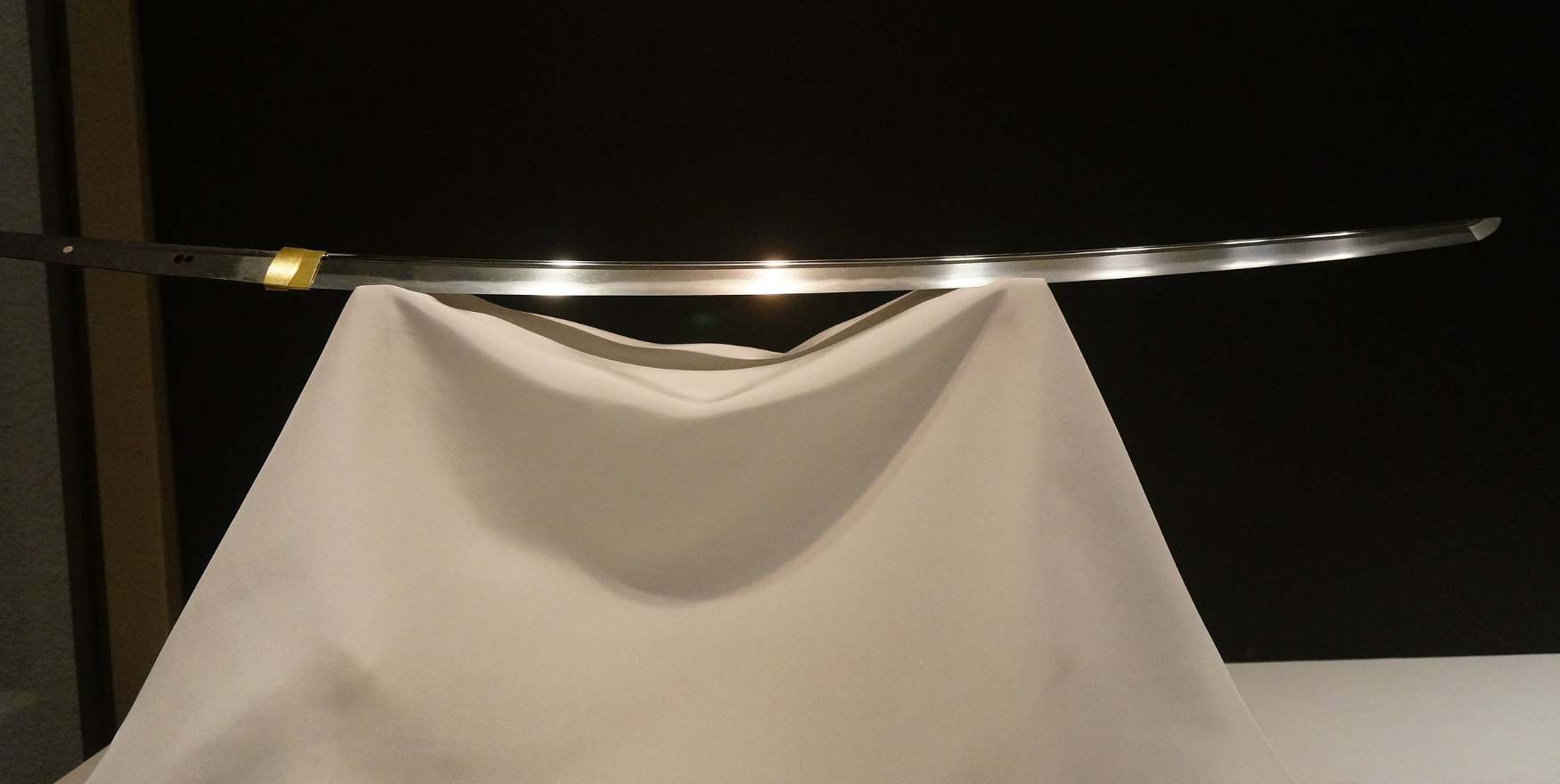
One such treasure is the Etchu Norishige Sword, which was sold for a mere $24,000 but holds an incalculable historical value. This 14th-century katana mysteriously disappeared from a collection after being gifted to a shrine by a Samurai Lord two millennia ago. Made by Etchu Norishige, a revered Japanese swordsmith, it resurfaced at an auction and was acquired by an Australian bidder, later being confirmed as a missing National Treasure of Japan.
8. Yamato Katana: $23,750
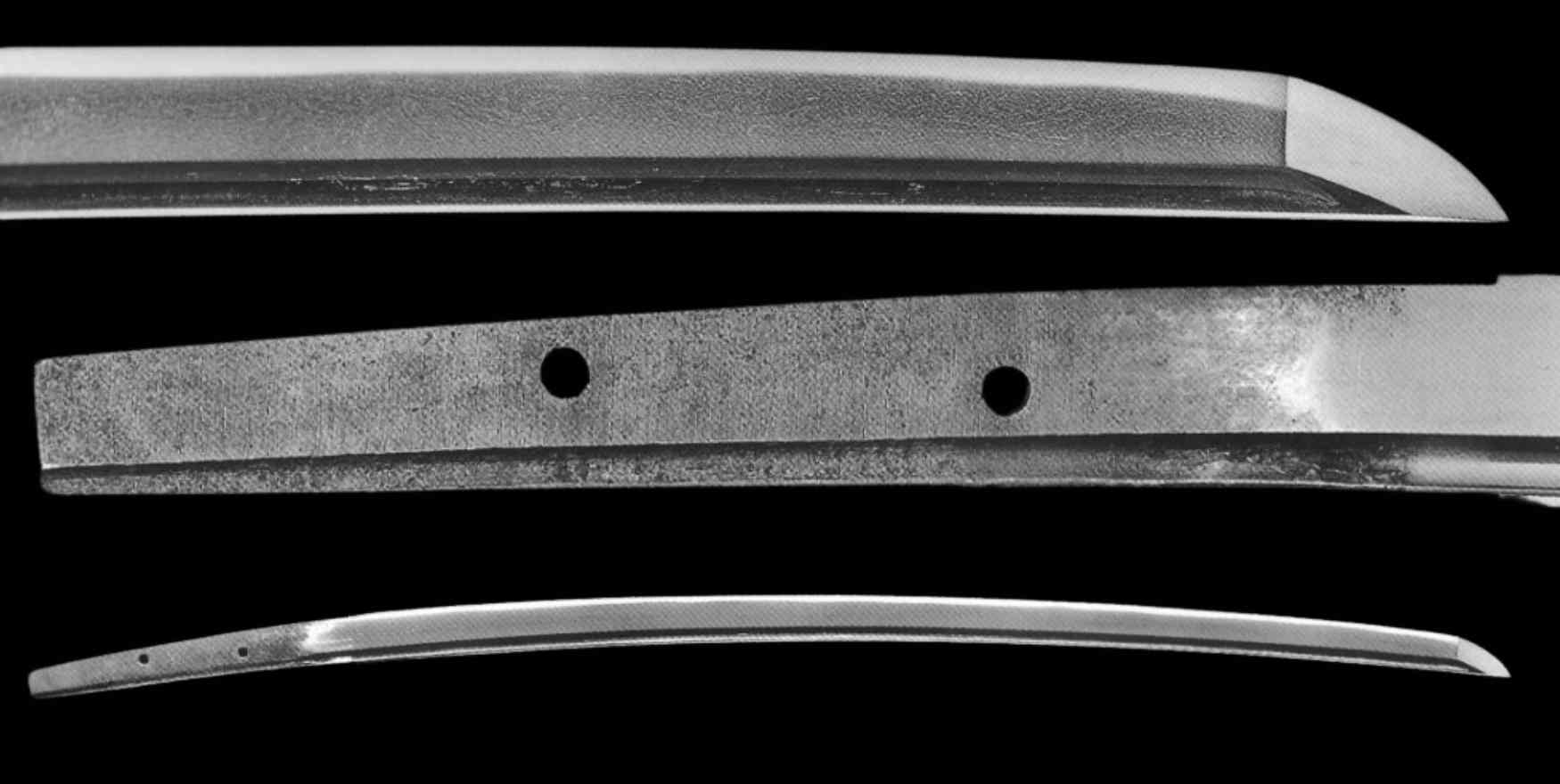
Picture credit: Christies
Not far behind in value is the 13th Century Yamato Katana, which was auctioned at Christie's in 2007 for $23,750. Crafted by the Taima school of swordsmiths, this nearly 800-year-old sword was initially valued between $15,000 to $20,000, surprising everyone when it exceeded those estimates.
These swords, like the Kamura, are not just bladed artifacts but pieces of history, each with its own story to tell. Whether they were wielded by samurais in epic battles or remained sheathed as symbols of power and artistry, their value goes far beyond their price tags. Luckily, you don't have to spend millions of dollars to own a Japanese sword, check-out our authentic samurai swords.




